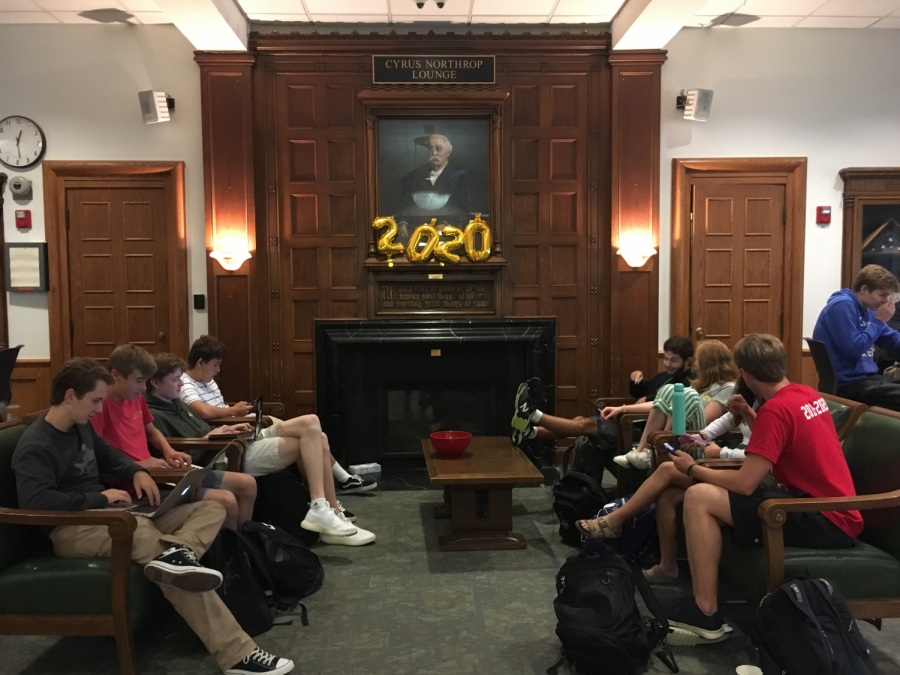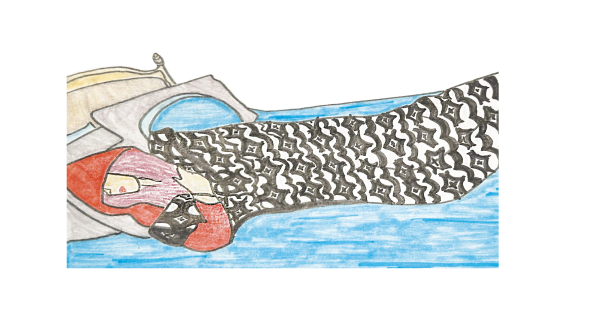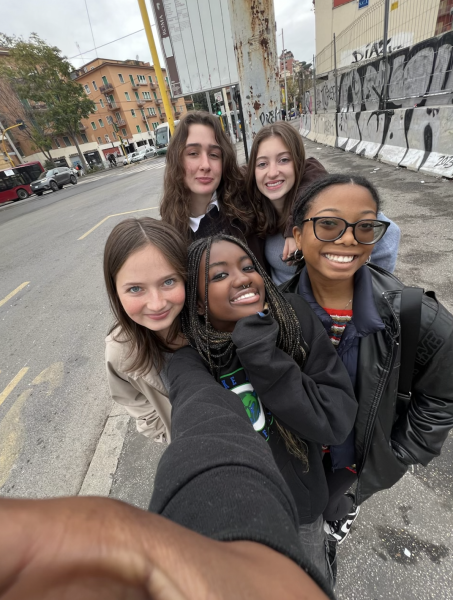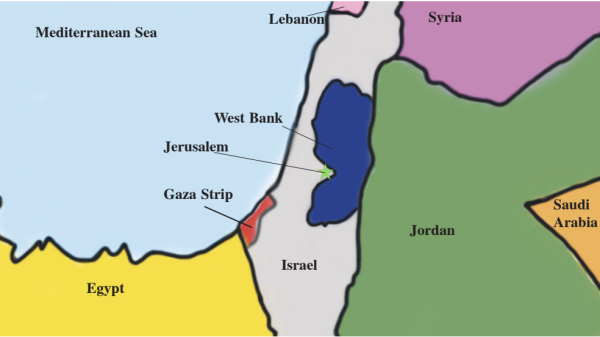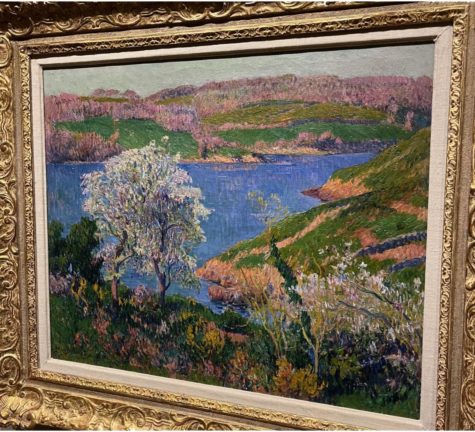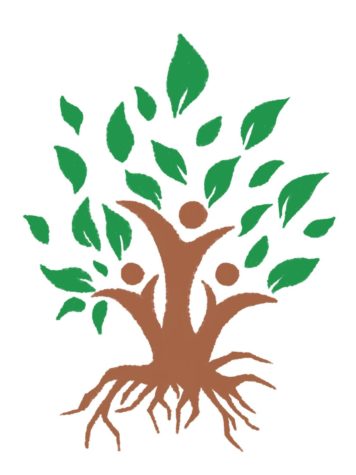Traditions Create Identity, Strong Communities
In school culture, students responsible for cultivation of rituals
Seniors from the Class of 2020 work in the “Senior Lounge,” a longstanding tradition.
Many institutions value tradition’s communal aspects and properties that interweave with both daily and habitual activities as well as special moments, Blake being no exception. Traditions, at the core, are designed to unite the community.
David Zalk ‘66, Social Studies Teacher, shares, “Traditions at any institution serve a function of creating an institutional identity, fostering institutional loyalty, and making people feel a part of the community.”
Although, unique to schools where the population is dominated by students, Zalk remarks, “Culture and traditions are formed by the students. And, how those traditions persist is probably going to be much more short-lived, or may be much more short-lived, than in an institution that is populated primarily by adults who have a longer-term presence.”
The way by which traditions are perceived greatly determines their longevity. Paul Menge, Upper School Assistant Director, shares, “[Traditions] all have in common that they reflect a supportive community, and I think that that resonates with people.” The events and shared experiences in a community create bonds, which can lead to and perpetuate traditions.
Lucy McCarthy ‘20, who has attended Blake since Pre-Kindergarten, says, as a school, it is crucial to have “refresh on why we’re doing this.” Menge says, “I think we have honed in on having traditions that celebrate the majority of the community and show that we have support for all the different things that people bring to the community.” And, as such, the impact of a given tradition increases as a result of its design and intentionality.
Legacy Day is a tradition that includes the entire student body, staff, and faculty. As such, it provides a space for people to “have a bond with people in different grades,” according to McCarthy.
Additionally, Menge says, “As a community of faculty, staff, and students, and administrators…we have worked hard to maintain a community of connections. I think our advising program and our grade-dean program are supplements to the good relationship that students have with teachers in the classroom.” Connectivity,
another component of traditions, is seen in the composition of the upper school.
And, most importantly, Menge remarks, “We make more opportunities here to celebrate each other, and a lot of those traditions reflect that.”

Hi, I’m Maggie! I am a senior in the Class of '22. I am the former Managing Editor and Business Manager, who also edited the Opinions Section, Student...
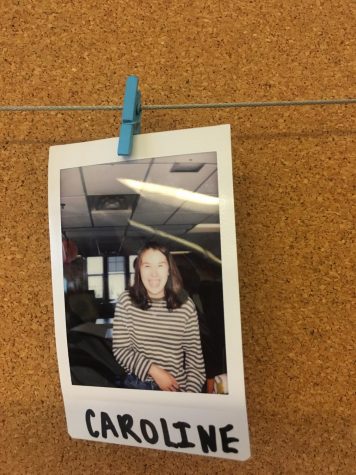
Hi, I'm Caroline! I'm a senior. In the past two years, I've edited Student Life and Features. I'm currently Co-Editor-in-Chief and I edit InDepth. My favorite...

